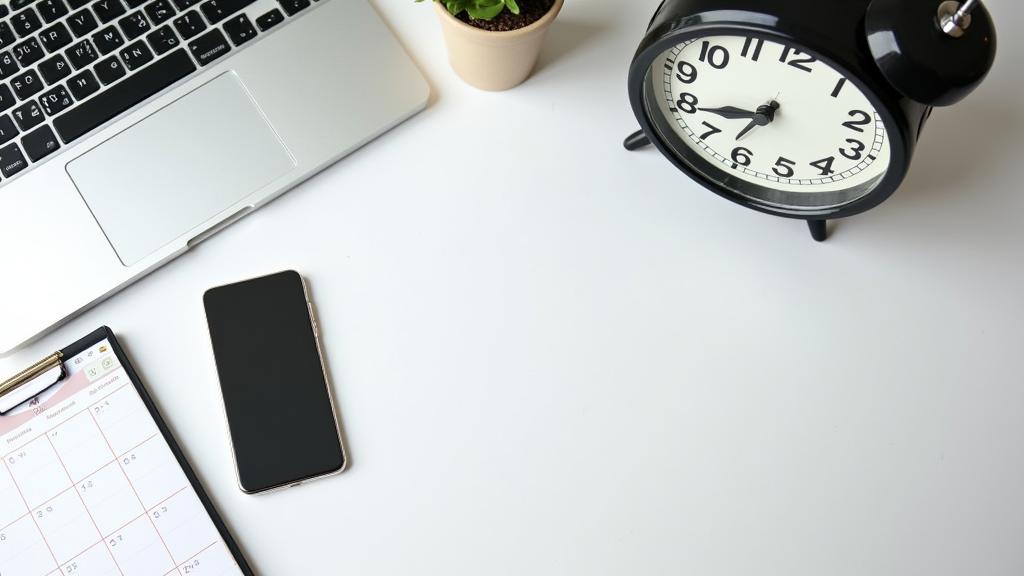Knowing the best times to post on social media can really change how you connect with your audience. If you’ve ever wondered why some posts go viral while others barely get a like, timing could play a huge part. I’ve spent years testing different posting schedules, poring over reports, and tinkering on my own accounts. Let me break down what actually works across the leading social platforms, using insights from all that hands-on experience.

Why Posting Time Really Matters
Social media moves fast. Figuring out the right moment to post isn’t just about being present; it’s about ensuring your post doesn’t get lost in a sea of updates. Algorithms on popular platforms like Instagram and Facebook usually favor content that gets engagement immediately. When your audience is online and active, your posts have a better shot at being seen and shared.
The global reach of social media adds some complexity, too. While you might be posting at noon in your time zone, some of your followers could be fast asleep. It’s always a good idea to consider where your main audience lives and what their habits are. For instance, B2B brands often get more traction during work hours, while lifestyle accounts might catch their audience during lunch breaks or evenings. Understanding these patterns helps your posts go further without spending more budget or ad.
Being smart about timing really leads to more likes, shares, and saves. Seeing that engagement spike is always satisfying just because you scheduled your post at the right time!
General Best Times To Post On Social Media
While there’s no perfect moment for everyone, plenty of research hints at windows performing better than others. Studies from brands like Sprout Social, Later, and Hootsuite have analyzed tons of real engagement data, showing some recurring trends across platforms:
- Weekdays beat out weekends for most business or educational content.
- Late mornings to early afternoons (9 AM–3 PM local time) usually increase engagement compared to late-night hours.
- Posts shared on Wednesdays and Thursdays reliably get good responses across several popular platforms.
These insights serve best as “starting points.” Your audience might include night owls or early risers, so it’s smart to check your own analytics and revise your schedule as you get better data about your specific followers.
Platform-Specific Posting Times
Every social network has its own rhythm and quirks. Whether you’re sharing photos, quick updates, or longer videos, here’s how I see posting times break down based on personal experiments and industry data:
- Best time: Generally between 11 AM and 1 PM, Monday through Thursday.
- Engagement is highest around lunchtime, when people pull out their phones for a quick scroll.
- Tip: Avoid posting too late at night (after 9 PM), unless your analytics say otherwise.
Instagram’s audience often checks in during work breaks and in the early evening. For professional accounts and brands, weekend engagement can drop off.
- Best time: Posts get the most interaction around 10 AM–12 PM on weekdays.
- Wednesdays and Thursdays usually work best for Pages.
- Video posts perform nicely around 1 PM–2 PM.
Since Facebook’s feed moves fast, catching users before or after lunch means more likes and comments. The good news: posts can still gain traction for several hours after you publish, giving you some wiggle room.
Twitter / X
- Best time: Weekday mornings, especially from 9 AM to 1 PM, are busiest. Tuesday and Wednesday are strong performers.
- Mornings are most active for news, quick updates, and industry discussions.
- B2B accounts tend to get more retweets if they tweet as the workday starts.
People often glance at Twitter between tasks or when big news breaks, so early-morning posts and announcements can be very effective.
- Best time: Tuesday to Thursday, between 8 AM and 11 AM local time.
- Most people open LinkedIn just before work or during morning coffee breaks.
- Weekends are usually quiet—good to skip those if you want to reach.
LinkedIn is ideal for company news, hiring updates, or industry tips at the start and middle of the workweek.
TikTok
- Best time:The best times are
- Fridays and Saturdays are best for entertainment, challenges, and fast-moving short-form videos.
TikTok skews young—students and teens boost activity early in the morning, after school, and late at night.
- Best time: Evenings (7–10 PM) and weekends, especially Saturdays.
- Content around DIY, recipes, and weddings does great on Sunday mornings.
Pinterest is where people go to plan, dream, or save ideas. Slow evening hours and lazy weekends are perfect for scrolling and pinning inspiration.
How to Track Down the Best Time for Your Fans
Research is super helpful, but nothing tops your own data. I say: always dig into your social media analytics to determine when your audience is online and active. Most platforms include built-in tools to show you the busy times, audience regions, and even which content gets the best response. For example, Instagram and Facebook have dashboards that outline things in easy charts and graphs.
When I check my data, I watch for these patterns:
- Engagement spikes at certain hours or days
- Post reach by publish time
- Where your audience lives (which time zones matter most)
Balancing multiple platforms? Scheduling tools like Buffer, Later, or Hootsuite can make things easier. And don’t hesitate to run simple posting experiments: switch up times for a few weeks and track the results. Sometimes your perfect timing is hiding in plain sight.
Important Things to Consider Before Posting
Even though timing is key, it’s only part of what makes a post successful. I’ve dropped posts at “peak times” that fell flat because of other factors. Here’s what to keep in mind:
- Content Quality: If your post isn’t eye-catching or useful, it won’t get attention even during busy hours.
- Frequency: Posting too often annoys people; posting too little could cause them to forget about you. Keep a steady pace that gives followers space to enjoy each update.
- Relevancy: Timely news, memes, and trending topics can help your post rise higher, especially if you catch a trend early.
- Time Zones: Consider where your biggest follower groups are, and stagger your posts to fit their peak browsing hours, not just yours.
Sometimes, even a great post needs extra help. Replying to comments and talking with followers after a post goes live can give it a second life, since platforms reward back-and-forth conversation.
Content Type and Audience Habits
The type of content matters, too. Quick, funny videos or memes are ideal for lunch breaks, while longer blogs or opinion pieces get more attention in the evening when people have time to dig in. Knowing whether your followers are students, parents, or professionals is another clue for timing your updates.
Trends Change Over Time
Social media habits change—and so do the platforms. For instance, in 2020, more people scrolled during daytime hours because of the big switch to remote work and school. That means it’s smart to check your analytics every few months and stay flexible so you can catch new trends as soon as they pop up.
Real-Life Posting Strategies: Examples
Here’s how I time posts for different goals, based on hands-on results:
- If you’re an artist revealing a new collection, afternoon posts (when creative folks seek inspiration) are solid choices.
- B2B services should focus on weekday mornings, since professionals plan their days and glance at LinkedIn early.
- Food bloggers: aim for evenings or weekends, especially Sundays, when followers think about meal prep.
- For live events, share updates a day or two beforehand and do a final reminder an hour before start time for best results.
Frequently Asked Questions
Here’s a quick Q&A on popular timing questions:
Question: Does posting at the same time every day help?
Answer: Consistency can train your audience to expect new content at certain times, but try out different hours too—you might be surprised by what works best.
Question: How do I balance different time zones?
Answer: Use analytics to see your audience’s main locations, then schedule posts to match their prime hours. Repeat your top posts at different times for global pages to hit all regions.
Question: Can I push a post after missing the best posting window?
Answer: Absolutely! Boosting or reposting content, if still timely and interesting, can give it a fresh round of engagement.
Wrapping Up
Picking the right moment to post makes your content work harder for you without extra effort. Watch your analytics, keep up with overall trends, and don’t be afraid to try new posting times—what works today might shift in a few months. With some experimenting, you’ll soon spot the best times for your audience, giving your social posts that much-needed boost. Level up your schedule and see what kind of results you can get!

This article was incredibly insightful! Your breakdown of optimal posting times across various social media platforms was both comprehensive and practical. I particularly appreciated the emphasis on tailoring posting schedules based on audience behavior and platform-specific nuances. It’s a great reminder that while general guidelines are helpful, analyzing our own analytics is key to maximizing engagement. Do you have any tips for effectively tracking and interpreting these analytics for someone just starting out? Thanks for sharing such valuable information!
Thank you so much for the kind words! I’m delighted the breakdown helped make influencer marketing feel a bit more approachable—it can definitely be overwhelming at first. And yes, I agree—nano and microinfluencers often bring such authentic engagement, and it’s great to see more people recognizing their value beyond just big follower counts. Thanks again for taking the time to read and share your thoughts—it means a lot! ????